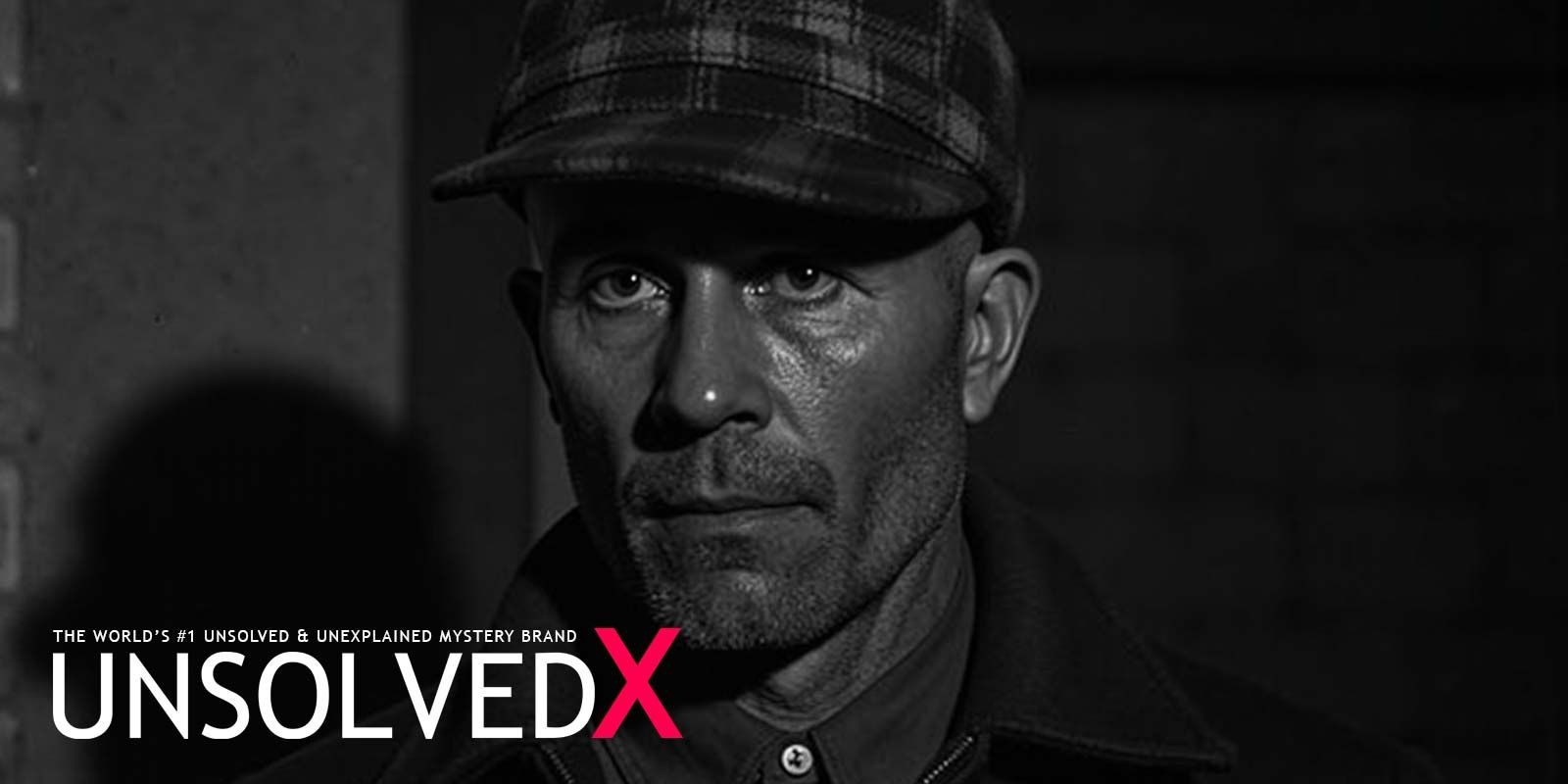Unveiling the Man Behind the Myth
Edward Theodore Gein, born August 27, 1906, in La Crosse, Wisconsin, remains one of history’s most chilling figures, not for the scale of his crimes but for their grotesque nature. Known as the “Butcher of Plainfield,” Gein’s macabre acts in the 1950s shocked a small rural community and reverberated through popular culture, inspiring iconic horror characters like Norman Bates in Psycho, Leatherface in The Texas Chainsaw Massacre, and Buffalo Bill in The Silence of the Lambs. His story is a haunting blend of psychological torment, isolation, and depravity, rooted in a troubled upbringing and an unhealthy obsession with his mother, Augusta Gein. Unlike other serial killers, Gein’s body count was relatively low—confirmed at two murders—but his grave-robbing and crafting of human remains into household items cemented his infamy.
The discovery of Gein’s crimes on November 16, 1957, in Plainfield, Wisconsin, began with the disappearance of hardware store owner Bernice Worden. Police, following a trail to Gein’s farmhouse, uncovered a house of horrors: Worden’s decapitated body hung in a shed, and inside, a collection of human remains fashioned into furniture, clothing, and masks. Gein confessed to killing Worden and tavern owner Mary Hogan in 1954, alongside exhuming nine corpses from local graveyards. Diagnosed with schizophrenia, he was deemed insane and spent his life in psychiatric institutions until his death on July 26, 1984. His legacy, however, lives on, both in the cultural impact of his crimes and the enduring mystery of how a quiet, unassuming man descended into such darkness.
Twisted Roots of a Troubled Mind
Gein’s descent into madness was shaped by a childhood marked by isolation and dysfunction. His mother, Augusta, a fanatically religious woman, dominated the household, preaching fire-and-brimstone sermons about the evils of women, sex, and the world beyond their farm. She instilled in Ed and his older brother, Henry, a fear of sin, reading them Old Testament passages filled with divine retribution. Their father, George, an alcoholic prone to verbal and physical abuse, was largely absent from parenting, leaving Augusta’s influence unchallenged. In 1914, the family moved to a remote 160-acre farm near Plainfield, further isolating the boys from society. Ed, described as shy and effeminate, was bullied at school and scolded by Augusta for attempting friendships, forcing him to retreat into a private world of dark fantasies. His unhealthy fixation on his mother grew, and after George’s death in 1940 from a heart attack, the family dynamic became even more insular.
Henry’s death in 1944 under suspicious circumstances deepened the enigma of Gein’s psyche. On May 16, a brush fire near the farm led to Henry’s body being found with bruises on his head, in an area untouched by flames. The coroner ruled asphyxiation as the cause, dismissing Ed as a suspect despite his ability to lead police directly to the body. Some speculate Ed killed Henry, who had begun criticizing Augusta, as a way to eliminate a rival for her affection. After Augusta’s death in 1945 from a stroke, Ed was left alone, sealing off her room as a shrine and spiraling into obsession. He devoured books on anatomy, Nazi experiments, and horror novels, fueling his fascination with death. This period marked the beginning of his grave-robbing, targeting middle-aged women resembling his mother, whose remains he used to “connect” with her memory.
The House of Horrors Revealed
The investigation into Bernice Worden’s disappearance unveiled a scene so grotesque it defied comprehension. On November 16, 1957, police arrived at Gein’s dilapidated farmhouse after finding a receipt at Worden’s store listing Gein as her last customer, purchasing antifreeze. In a shed, they discovered Worden’s body, naked, decapitated, and gutted like a deer, hanging upside down. Inside the house, the horror escalated: a chair upholstered with human skin, a belt made of nipples, a corset crafted from a female torso, and nine death masks of skinned faces mounted like trophies. A soup bowl made from a skull, a purse of human skin, and Worden’s heart in a frying pan on the stove painted a picture of unimaginable depravity. Gein admitted to robbing graves for a decade, selecting women aged 40–60 who reminded him of Augusta, and using their remains to create macabre keepsakes. He also confessed to killing Mary Hogan, whose head was found in a sack in his home.
Gein’s motivations remain a subject of fascination and debate. Psychiatrists diagnosed him with schizophrenia, noting his psychotic break after Augusta’s death. He claimed he wore the skin suits to “become” his mother, a transvestite impulse tied to his obsessive love for her. Unlike other killers, Gein denied cannibalism or necrophilia, insisting the bodies “smelled too bad” for such acts, though his necrophilic tendencies were evident in his grave-robbing. The farmhouse, dubbed a “house of horrors,” drew thousands of curiosity-seekers before it mysteriously burned down in 1958, likely due to arson. Today, the site in Plainfield, Wisconsin, is an empty lot, but local lore persists, with some claiming Augusta’s ghost haunts the area. Visitors to Plainfield can explore the town’s history at the Waushara County Historical Society, which holds limited Gein-related artifacts, though much of the evidence was destroyed or auctioned.










Comments
Comments section coming soon!